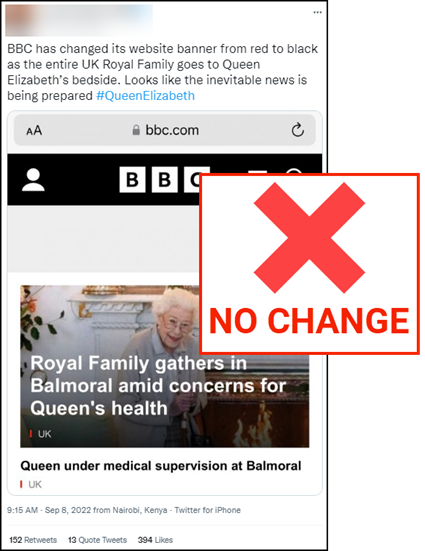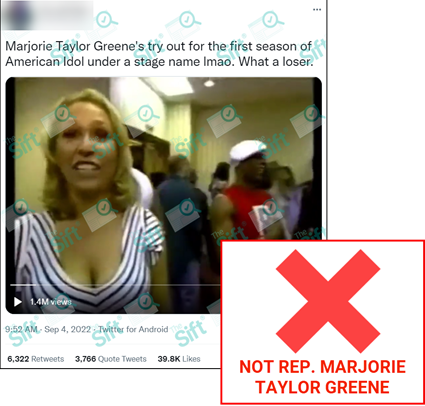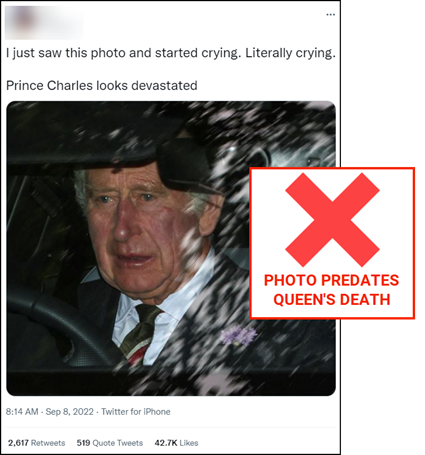|
Top picks
 |
Young Americans “are more engaged in more ways than people give them credit for,” but are reportedly worn out by the news and enjoying it less, according to a new survey by Media Insight Project. About 79% of young Americans ages 16 to 40 — which includes millennials and members of Generation Z — say they get the news daily, but the sources they turn to vary. While about 45% of respondents say they use traditional news sources daily, nearly 80% get news each day from social media platforms, including Facebook (40%), YouTube (37%), Instagram (34%) and TikTok (29%). Additionally, a whopping nine out of 10 people in this age group say misinformation is a problem.
- Discuss: Where do you get news? How do social media platforms affect your news consumption? Do you seek out specific sources of news online or do they “find” you through algorithmic suggestions? Does today’s digital landscape contribute to news fatigue? What do you like and dislike about consuming the news? Who is most responsible for the spread of misinformation online?
- Idea: Ask students to keep a news log for a week. How often did they consume news? What sources did they turn to? How did they feel following the news?
- Resource: “What is News?” (NLP’s Checkology® virtual classroom).
 |
Dig Deeper: Use this think sheet to further explore how millennials and members of Gen Z engage with the news. |
|
 |
There’s a battle over censorship at a journalism and communications magnet school in the Los Angeles Unified School District. Students noticed their librarian left after a vaccine mandate was implemented — effectively closing their school library — and reported it in their school newspaper. When school administrators and the librarian demanded her name be removed from the story online, the students refused. The school district penalized the students’ newspaper advisor with a three-day unpaid suspension, even though legal counsel through the Student Press Law Center found that the students’ reporting was within their First Amendment rights.
The students subsequently published an article about the suspension of their teacher, Adriana Chavira, and an editorial, “They don’t respect us as student journalists.” The students wrote: “In California, student journalists are granted much of the same rights as professional journalists, per California Ed Code 48907. These rights mean that the district has no authority to retaliate against our adviser or to censor the content we cover.”
- Note: Journalism teacher Adriana Chavira has been highly engaged with the News Literacy Project for several years and currently serves as a NewsLit Nation news literacy ambassador.
- Discuss: Do the press protections in the First Amendment apply to student journalists? How should journalists balance the right to know and the right to privacy when reporting the news? Do you agree with the students’ decision to name the librarian who declined to follow the vaccine mandate? Is this a newsworthy story for students at this school? What challenges do student journalists face when covering their school communities?
- Related:
|
 |
When students are taught media literacy or critical thinking skills, they’re 26% less likely to believe in a conspiracy theory. That’s one of many takeaways in a new report by the Reboot Foundation, which examines the link between low science and media literacy and conspiracy beliefs. Science knowledge also proved to be a boon, as survey respondents who scored high on the foundation’s science quiz were nearly 40% less likely to believe a conspiracy theory. Support for media literacy in schools was overwhelmingly high, with 84% of respondents saying they felt it should be required.
|
|





